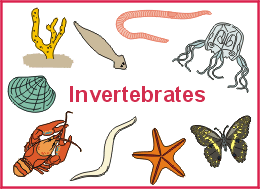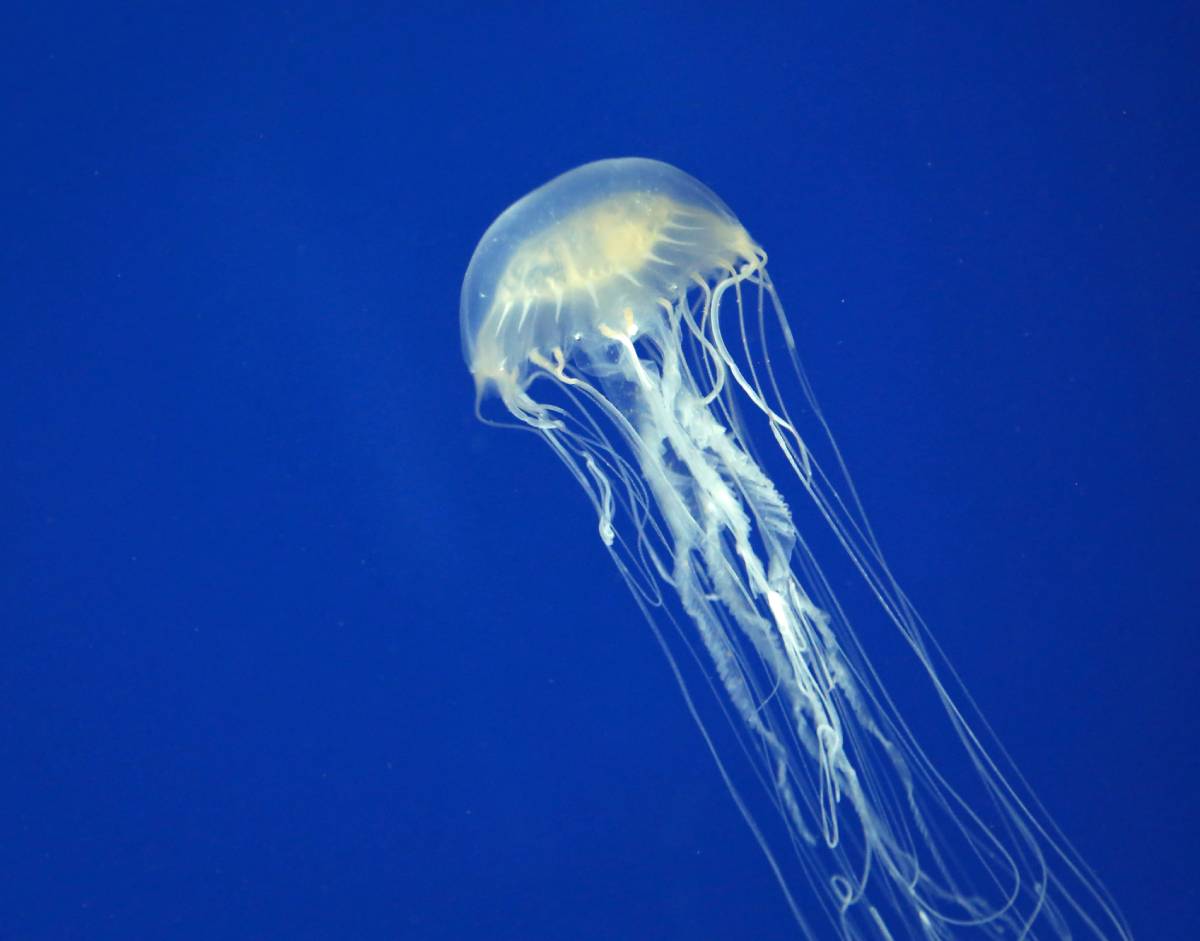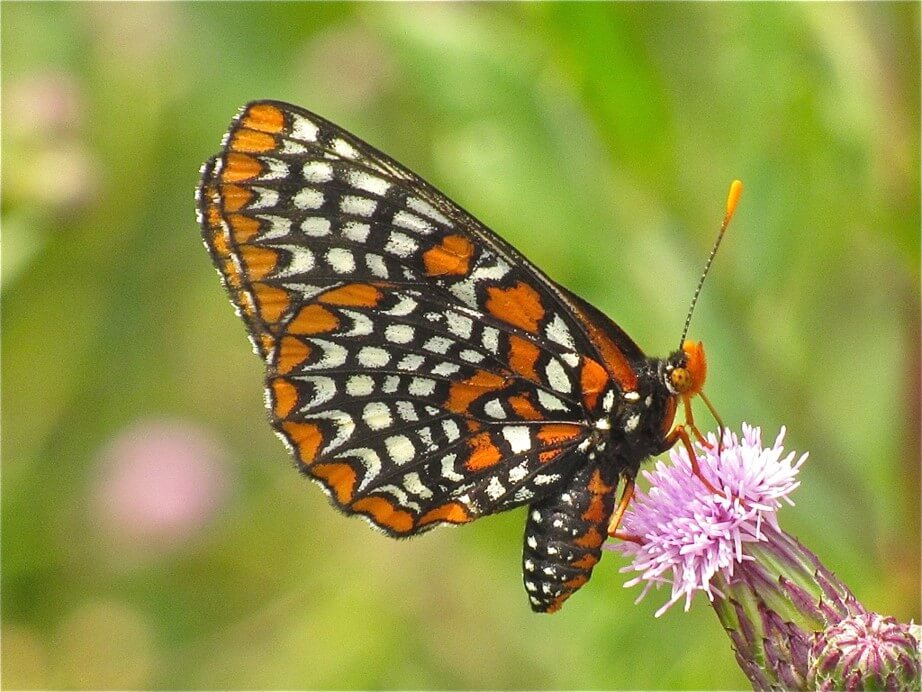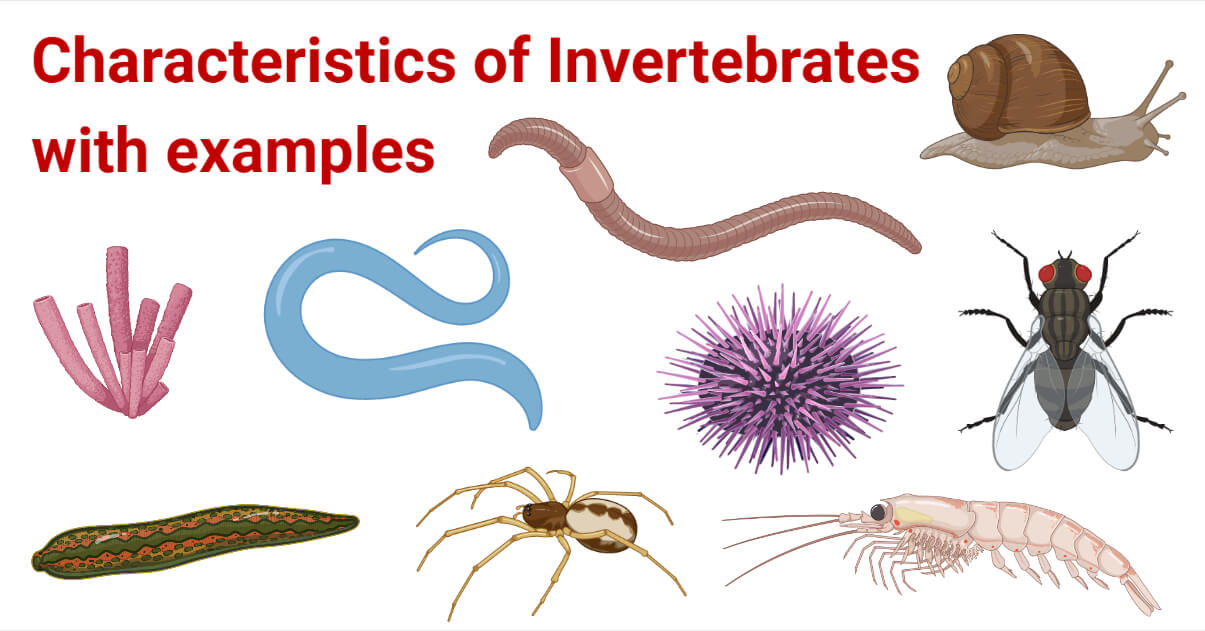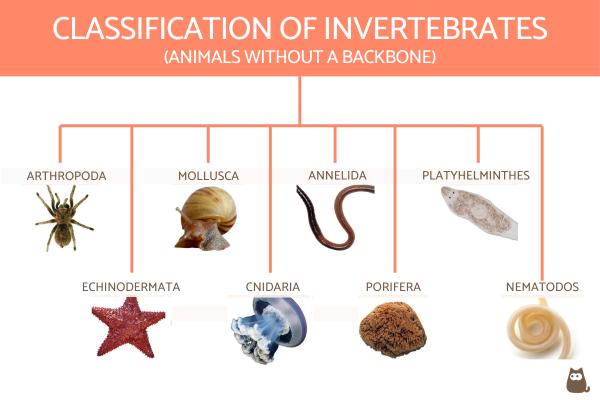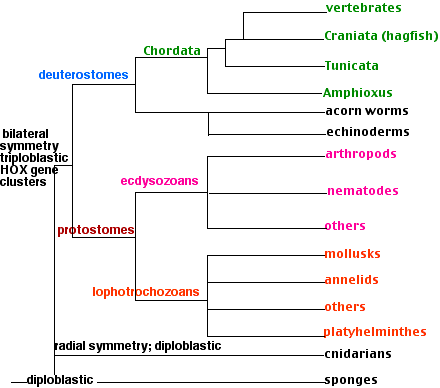Topic invertebrate vertebrate animals: Dive into the extraordinary realms of invertebrate and vertebrate animals, uncovering their unique characteristics, evolutionary journeys, and vital roles in Earth"s intricate web of life.
Table of Content
- What are the differences between invertebrate and vertebrate animals?
- Distinguishing Characteristics of Invertebrates and Vertebrates
- Evolutionary History of Invertebrates and Vertebrates
- Classifications and Examples of Invertebrate Animals
- Classifications and Examples of Vertebrate Animals
- Anatomical Differences Between Invertebrates and Vertebrates
- Ecological Roles and Importance of Invertebrates
- YOUTUBE: The Animal Kingdom: Vertebrates and Invertebrates (Educational Videos for Kids)
- Ecological Roles and Importance of Vertebrates
- Adaptive Strategies and Behaviors in Invertebrates
- Adaptive Strategies and Behaviors in Vertebrates
- Human Interactions and Conservation Efforts for Invertebrates and Vertebrates
What are the differences between invertebrate and vertebrate animals?
Invertebrates and vertebrates are two main categories of animals that differ in certain fundamental characteristics:
- Spinal Column: Invertebrates do not possess a spinal column, while vertebrates have a well-developed spine.
- Body Structure: Invertebrates have a wide range of body structures, often supported by an exoskeleton or hydrostatic skeleton. Vertebrates have an internal skeleton made of bones or cartilage.
- Organ Systems: Invertebrates exhibit different types of organ systems depending on their phylum, while vertebrates generally have well-defined organ systems.
- Nervous System: Invertebrates have simpler nervous systems compared to vertebrates. Invertebrates often lack a central nervous system, while vertebrates have a well-developed central and peripheral nervous system.
- Reproduction: In invertebrates, reproduction methods vary greatly between different species and phyla. Vertebrates typically reproduce through internal fertilization and provide care for their offspring.
- Diversity: Invertebrates make up a significant majority of animal species, with over 90% of all known species falling into this category. Vertebrates, though relatively fewer in number, include mammals, birds, reptiles, amphibians, and fishes.
These differences highlight the vast diversity within the animal kingdom and the unique adaptations that have allowed both invertebrates and vertebrates to thrive in their respective environments.
READ MORE:
Distinguishing Characteristics of Invertebrates and Vertebrates
Invertebrates and vertebrates are distinguished by key anatomical and physiological features. Invertebrates, lacking a vertebral column, exhibit a wide range of body structures, from the simple forms of sponges to the more complex systems of mollusks and arthropods. Vertebrates, characterized by a spinal column, display advanced nervous systems and internal skeletons. This division also leads to differences in modes of locomotion, sensory capabilities, and reproductive systems.
- Body Structure: Invertebrates often have exoskeletons, while vertebrates have endoskeletons with a vertebral column.
- Nervous System: Vertebrates typically possess a more complex nervous system than invertebrates.
- Reproduction: Vertebrates predominantly exhibit internal fertilization, while many invertebrates use external fertilization.
- Lifespan and Growth: Vertebrates generally have longer lifespans and more prolonged growth periods.
- Sensory Organs: Vertebrates usually have more advanced sensory organs, aiding in complex behaviors.
The distinction between invertebrates and vertebrates provides insight into the evolutionary complexity and diversity of life on Earth.

Evolutionary History of Invertebrates and Vertebrates
The evolutionary journey of invertebrates and vertebrates is a fascinating tale that dates back millions of years. Invertebrates, being the oldest and most diverse group, laid the foundation for the evolution of complex life forms. Vertebrates, although later in the evolutionary timeline, brought about significant advancements in structure and function.
- Origin of Invertebrates: Invertebrates are believed to have appeared over 600 million years ago. Their evolution includes significant events like the Cambrian explosion, which saw a rapid increase in invertebrate diversity.
- Development of Vertebrates: Vertebrates evolved from invertebrate ancestors approximately 525 million years ago, marked by the development of a primitive notochord and later a vertebral column.
- Diversification: Both groups have undergone extensive diversification. Invertebrates developed various body structures and reproductive strategies, while vertebrates evolved into complex organisms with advanced nervous systems and skeletal structures.
- Adaptation to Environments: Over time, both invertebrates and vertebrates have adapted to various environments on Earth, from deep oceans to high skies, showcasing the incredible adaptability of life.
- Fossil Records: The fossil record provides invaluable insights into the evolutionary history of these groups, revealing transitional forms and extinct species that bridge the gaps in our understanding of their evolution.
This evolutionary narrative highlights the resilience and adaptability of life on Earth, with invertebrates and vertebrates each playing pivotal roles in the history of life.
Classifications and Examples of Invertebrate Animals
Invertebrate animals, which lack a vertebral column, are classified into various groups based on their distinct characteristics. These classifications help in understanding the vast diversity of invertebrates found in different habitats across the globe.
- Arthropods: This is the largest group, including insects, arachnids, and crustaceans. Examples include butterflies, spiders, and crabs.
- Mollusks: Characterized by a soft body, often with a hard shell. Snails, octopuses, and clams are notable examples.
- Annelids: Segmented worms like earthworms and leeches fall under this category.
- Cnidarians: Known for their stinging cells, cnidarians include jellyfish, sea anemones, and corals.
- Echinoderms: These are marine animals with radial symmetry, such as starfish and sea urchins.
- Poriferans: Commonly known as sponges, they are the simplest invertebrates, mostly marine.
- Nematodes: Also known as roundworms, they are abundant in various ecosystems, including soil and aquatic habitats.
- Platyhelminthes: These are flatworms, including both free-living species like planarians and parasitic ones like tapeworms.
Each of these groups exhibits unique features and plays a crucial role in their respective ecosystems, contributing to the biodiversity of life on Earth.

Classifications and Examples of Vertebrate Animals
Vertebrate animals are characterized by their backbone or spinal column. They are classified into five major groups, each with distinct features and a wide range of species.
- Mammals: Warm-blooded animals with hair or fur, and most give birth to live young. Examples include humans, elephants, and whales.
- Birds: Known for their feathers, birds lay eggs and are warm-blooded. Examples are eagles, penguins, and sparrows.
- Fish: Aquatic animals with gills and typically scales. Examples include salmon, sharks, and goldfish.
- Amphibians: Cold-blooded animals that begin life in water and often transition to land as adults. Frogs, salamanders, and toads are examples.
- Reptiles: Cold-blooded animals with scaly skin, including snakes, lizards, and turtles.
These groups encompass the incredible diversity of vertebrates, each adapting to their environment in remarkable ways, from the depths of the oceans to the highest skies.
Anatomical Differences Between Invertebrates and Vertebrates
The anatomical differences between invertebrates and vertebrates are fundamental to their classification and reflect their diverse evolutionary paths.
- Spinal Column: The most defining difference is the presence of a spinal column in vertebrates, whereas invertebrates lack this feature.
- Body Structure: Invertebrates often have a simple body structure, sometimes with an exoskeleton, while vertebrates have a more complex structure with an internal skeleton.
- Nervous System: Vertebrates typically have a more complex and centralized nervous system compared to the simpler systems in invertebrates.
- Reproduction: Vertebrates usually reproduce sexually with internal fertilization, while invertebrates exhibit a wider range of reproductive strategies, including both sexual and asexual reproduction.
- Respiratory System: Vertebrates breathe through lungs or gills, whereas invertebrates use a variety of structures like gills, tracheae, or skin.
- Circulatory System: Vertebrates have a closed circulatory system with a heart, while invertebrates may have open or closed systems, or sometimes no circulatory system at all.
- Sensory Organs: Vertebrates generally possess more advanced sensory organs, facilitating complex behaviors and interactions with their environment.
These anatomical differences highlight the remarkable diversity in form and function across the animal kingdom.
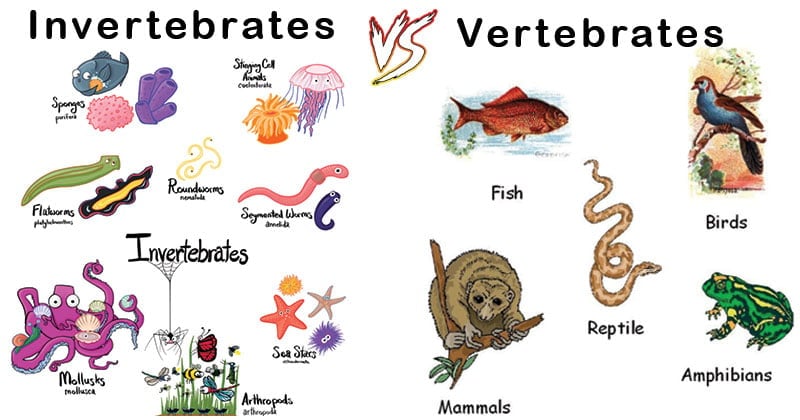
Ecological Roles and Importance of Invertebrates
Invertebrates play vital roles in ecosystems, contributing to biodiversity and the functioning of ecological systems.
- Pollination: Insects like bees and butterflies are crucial for the pollination of many plants, including crops essential to human agriculture.
- Decomposition: Many invertebrates, such as earthworms and certain insects, help decompose organic matter, recycling nutrients back into the soil.
- Food Web Support: Invertebrates serve as a significant food source for many vertebrates, forming a critical part of the food web.
- Soil Aeration and Fertility: Creatures like earthworms aerate the soil and enhance its fertility, promoting plant growth.
- Pest Control: Some invertebrates, such as ladybugs and spiders, help control agricultural pests, reducing the need for chemical pesticides.
- Bioindicators: Many invertebrates, especially aquatic species, are used as bioindicators to assess the health of ecosystems.
- Medical Research and Pharmaceuticals: Invertebrates, like leeches and certain marine invertebrates, have been instrumental in medical research and the development of new drugs.
The ecological importance of invertebrates cannot be overstated, as they play essential roles in maintaining ecological balance and supporting life on Earth.
The Animal Kingdom: Vertebrates and Invertebrates (Educational Videos for Kids)
Get ready to embark on an enchanting journey through the fascinating world of animals! Brace yourself for heartwarming moments and jaw-dropping encounters with some of the most incredible creatures on the planet. This video promises to leave you in awe of the beauty and diversity that exists within the animal kingdom. Don\'t miss out on this marvelous adventure!
Vertebrate and Invertebrate Animals (Video for Kids)
Have you ever wondered what makes vertebrates unique among all living beings? Discover the captivating world of vertebrates in this captivating video! From the majestic lions of the savannah to the graceful dolphins of the ocean, get ready to explore the astonishing diversity of animals with backbones. Get ready to be wowed by their incredible adaptations, behaviors, and sheer magnificence. Join us on this educational journey and let your fascination for vertebrates soar!
Ecological Roles and Importance of Vertebrates
Vertebrates, though smaller in number compared to invertebrates, play pivotal roles in maintaining ecological balance and biodiversity.
- Predation and Population Control: Many vertebrates, especially top predators like lions and sharks, help control the population of other species, maintaining the balance of ecosystems.
- Seed Dispersal: Birds, mammals, and even fish play a significant role in dispersing seeds, aiding in plant propagation and forest regeneration.
- Nutrient Cycling: Vertebrates contribute to nutrient cycling through their feeding habits, waste production, and decomposition after death.
- Ecosystem Engineers: Species like beavers and elephants alter habitats in ways that create new ecological niches for other species.
- Indicator Species: Many vertebrates are sensitive to environmental changes and can serve as indicators of the health of an ecosystem.
- Cultural and Economic Importance: Vertebrates like fish, birds, and mammals are integral to human cultures and economies, through aspects like fishing, ecotourism, and as pets.
- Scientific and Medical Research: Vertebrates, particularly mammals, are crucial in scientific research, leading to advancements in medicine and technology.
The significance of vertebrates extends beyond their ecological roles, impacting human culture, economy, and scientific advancement.
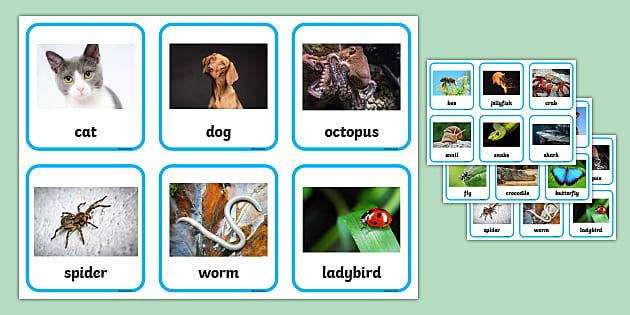
Adaptive Strategies and Behaviors in Invertebrates
Invertebrates exhibit a wide range of adaptive strategies and behaviors that enable them to survive and thrive in various environments.
- Camouflage: Many invertebrates, like stick insects and certain species of cephalopods, use camouflage to blend into their surroundings, avoiding predators.
- Mimicry: Some invertebrates mimic the appearance of more dangerous species to deter predators, as seen in certain butterfly species.
- Social Behavior: Insects like bees and ants demonstrate complex social behaviors, working collaboratively in highly structured colonies.
- Molting: Arthropods like crabs and spiders grow by shedding their exoskeleton, a process known as molting.
- Defensive Mechanisms: Many invertebrates have developed unique defensive mechanisms, such as the ink-spraying of octopuses or the stinging cells of jellyfish.
- Hibernation and Dormancy: Invertebrates like snails and some insects can enter periods of dormancy during adverse environmental conditions.
- Reproductive Strategies: Invertebrates employ a variety of reproductive strategies, including laying large numbers of eggs, asexual reproduction, and complex mating rituals.
- Feeding Adaptations: Different feeding strategies are observed, from the filter feeding of barnacles to the predatory behavior of praying mantises.
These adaptations and behaviors showcase the incredible versatility and resilience of invertebrates in the face of environmental challenges.
Adaptive Strategies and Behaviors in Vertebrates
Vertebrates demonstrate a diverse array of adaptive strategies and behaviors, enabling them to occupy a wide range of habitats and ecological niches.
- Migration: Many birds, fish, and some mammals migrate vast distances to access food, breeding sites, or favorable climates.
- Thermoregulation: Vertebrates like mammals and birds maintain a constant body temperature through various physiological and behavioral adaptations.
- Social Structures: Several vertebrates, such as wolves and primates, have complex social structures for cooperative hunting, protection, and caring for young.
- Camouflage and Mimicry: Vertebrates also use camouflage and mimicry for protection and hunting. For example, chameleons change color to blend in with their surroundings.
- Defensive Behaviors: Tactics like playing dead, venom, and spines are used by some vertebrates to deter predators.
- Foraging and Hunting Techniques: Vertebrates exhibit varied foraging behaviors, from the filter feeding of whales to the cooperative hunting of dolphins.
- Communication: Many vertebrates communicate through sounds, visual signals, or chemical cues to attract mates, establish territories, or warn of danger.
- Parental Care: Vertebrates exhibit diverse parental care strategies, from laying eggs to extended care of the young in species like elephants and humans.
These adaptive strategies and behaviors highlight the complexity and ingenuity of vertebrates in their quest for survival and reproduction.

READ MORE:
Human Interactions and Conservation Efforts for Invertebrates and Vertebrates
Human activities have profound impacts on both invertebrate and vertebrate species, necessitating concerted conservation efforts to preserve biodiversity and ecological balance.
- Habitat Destruction: The destruction and fragmentation of habitats due to urbanization, agriculture, and deforestation significantly impact both invertebrates and vertebrates.
- Conservation Initiatives: Conservation efforts include habitat restoration, legal protection for endangered species, and the establishment of wildlife reserves and marine protected areas.
- Pollution: Pollution, including plastic waste and chemical contaminants, affects a wide range of species, disrupting ecosystems and food chains.
- Climate Change: Climate change poses a major threat, altering habitats and food availability, and forcing species to adapt rapidly or face extinction.
- Ecotourism: Responsible ecotourism promotes awareness and generates revenue for conservation while minimizing impact on wildlife.
- Education and Research: Educating the public about biodiversity and supporting scientific research are vital for informed conservation strategies.
- Community Involvement: Involving local communities in conservation efforts ensures sustainable practices and the protection of biodiversity.
- Legislation and Policies: Strong wildlife protection laws and international treaties are essential to curb illegal trade and exploitation of both invertebrates and vertebrates.
Through these and other efforts, it is possible to mitigate human impacts and preserve the rich diversity of invertebrate and vertebrate life on our planet.
Exploring the world of invertebrate and vertebrate animals unveils a tapestry of life, rich in diversity and complexity, reminding us of our responsibility to cherish and protect these remarkable creatures for future generations.

